Today, the International Space Station (ISS) is a shining symbol of human knowledge and cooperation in space. But this huge laboratory in Earth’s orbit was not built in a day. It has a long and instructive history of decades of effort, competition, success, and pain. The Cold War-era competition between the Soviet Union and the United States laid the foundation for the dream of human habitation in space. Let’s look back to the pioneers—the International Space Station predecessor—who first created an address for humans in the infinite vacuum of space.
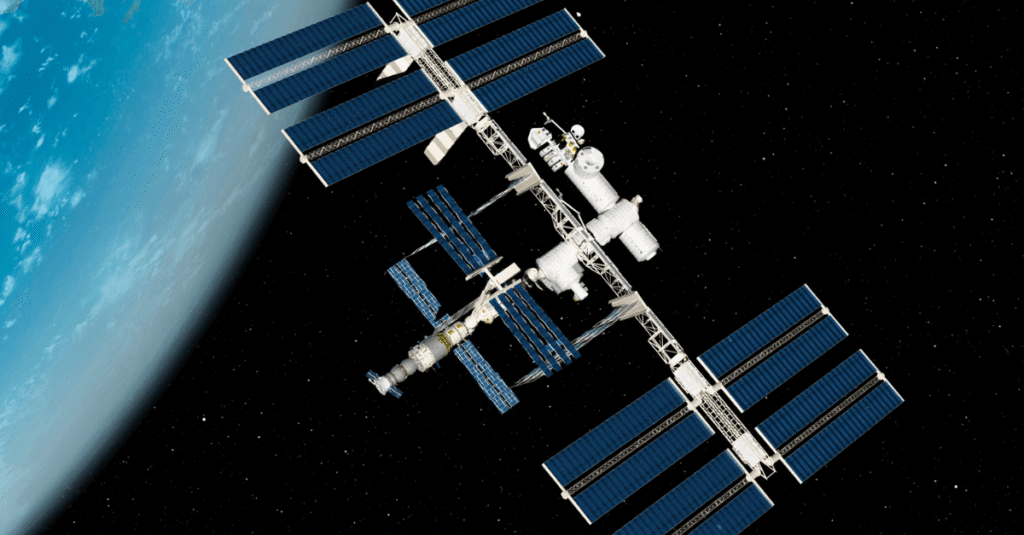
What is a space station and why?
A space station is an artificial satellite that orbits the Earth and is designed for long-term human habitation. It is used as a permanent laboratory in space, an observation station, and an important base for future deep space missions.
In the middle of the 20th century, when the race to conquer space was at its peak, scientists realized. That there was no alternative to staying in space for a long time to learn about the environment of space. Especially microgravity—what it does to the human body and various scientific experiments. From this idea, the plan to build a space station was born. Its main objectives were:
- Scientific research: The study of physics, biology, astronomy, and the human body in a vacuum environment.
- Earth Observation: Creating an advanced platform for monitoring weather, climate change and natural resources.
- Military Capability: During the Cold War, it was also important as a strategic means of monitoring the opponent.
- Preparing for future missions: collecting information on the physical and mental readiness of astronauts for missions to distant places such as the Moon or Mars.
With these objectives in mind, the campaign to create the first human address in space began.
The first step: the Soviet Union’s Salute Program
The Soviet Union launched the first space station. Their Salyut program from 1971 to 1982 was an important catalyst for space station technology. A total of seven stations were sent to space under this program. The Salyut stations were basically single modules launched by a rocket.
Salyut 1: The History of the First Success
On April 19, 1971, the first space station, Salyut 1, was launched into orbit. It was a pivotal moment in human history. A few days later, the crew of the Soyuz-10 mission successfully docked with it but could not enter the station due to a technical error.
The real success came with the Soyuz-11 mission. Three cosmonauts—Georgi Dobrovolsky, Vladislav Volkov, and Viktor Patsayev—entered a space station for the first time and stayed there for 23 days, performing various scientific experiments.
But this historic achievement is shrouded in deep gloom. On their way back to Earth, all three died when one of the valves of their Soyuz capsule suddenly opened, causing them to run out of air. This tragedy forced a rethink on the safety of space missions.
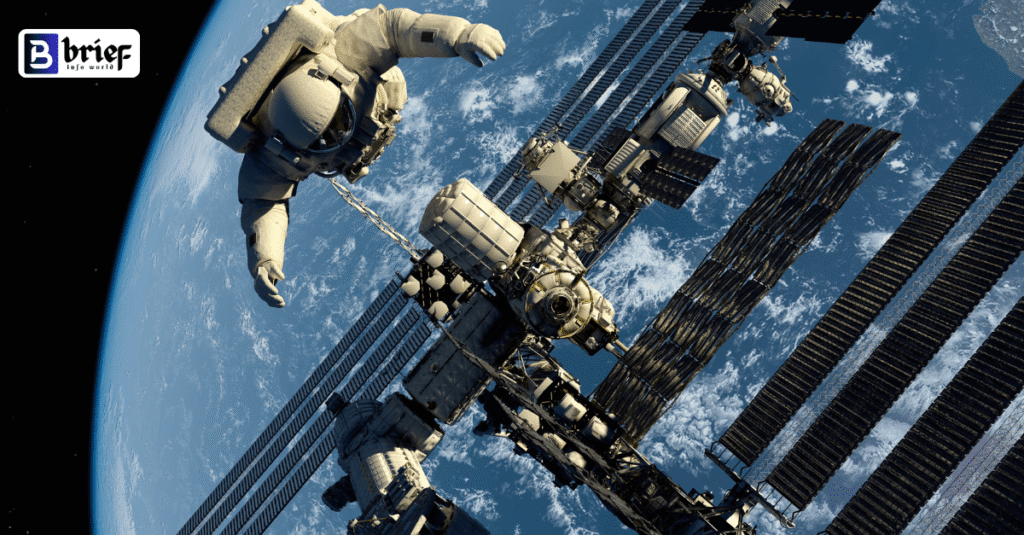
Achievements and Education of the Salyut Program
Through the Salyut program, Soviet scientists gained invaluable experience in various aspects of long-term living in space. Subsequent stations (Salyut 4, 6, and 7) added improved crew accommodations, two docking ports (which allowed for simultaneous crew changes and cargo deliveries), and new scientific instruments. Cosmonauts there conducted important research on the growth of plants in space, the composition of various metals and the long-term effect on the human body. The Salyut program proves that it is possible for humans to work and live in space for a long time.
United States Space Station: Skylab
In response to the Soviet Union’s Salyut program, the United States launched its own space station, Skylab. It was launched on May 14, 1973, aboard the Saturn V rocket. Skylab was the largest and most advanced space station of its time, built from unused parts of the Apollo Moon mission.
A Dramatic Start and Successful Campaign
Skylab’s start was pretty dramatic. One of its micrometeoroid shields and a solar panel were damaged during the launch, severely raising the temperature inside the station. It seemed that the mission was going to fail at first. But NASA didn’t give up.
The first Skylab crew—Pete Conrad, Joseph Kerwin, and Paul Weitz—were not only astronauts; they became space mechanics. In an adventurous spacewalk, they were able to repair the damaged station. It was an extraordinary example of human ingenuity and bravery in the history of space exploration.
A total of three expeditions to Skylab lasted 28, 59, and 84 days, respectively, between 1973 and 1974. They conducted about 300 scientific experiments. The most important of these was the unprecedented observation of the Sun using the Apollo Telescope Mount. Based on the data sent by Skylab, scientists first made the corona of the sun. Thousands of experiments on biology, physics, astronomy, and space technology are conducted here.
Skylab crashed into Earth’s atmosphere in 1979. Although its life span was short, its scientific contribution was immense.
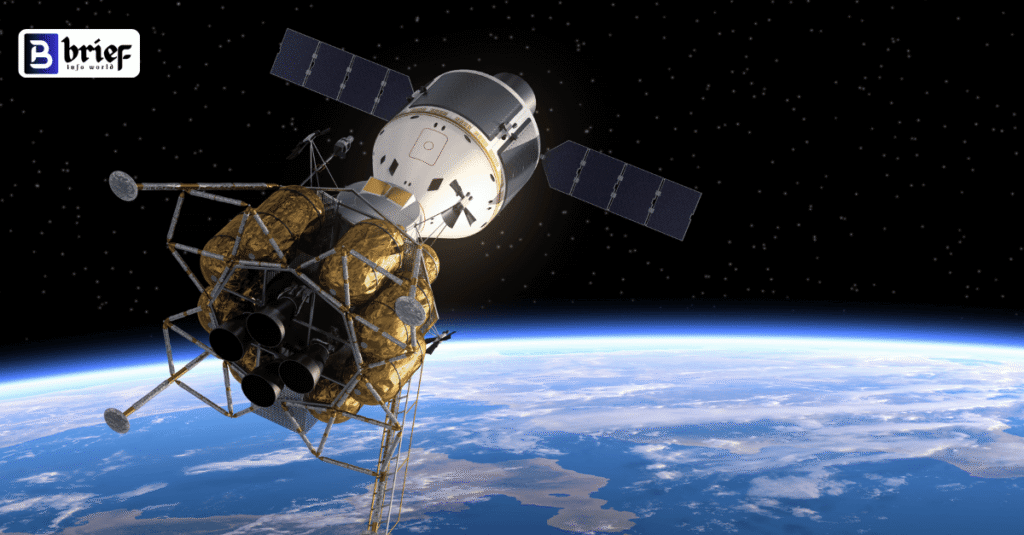
The world’s longest-lived space station: Mir
Capitalizing on the experiences of Salyut and Skylab, the Soviet Union opened a new horizon in space station technology. “In 1986, they launched Mir, which in Russian means” “world” or “ Peace.” Mir was the world’s first modular space station. That is, it was made larger by adding different modules or parts over time to a main block.
A floating city and an international laboratory
Mir was truly like a small city in space. Its various modules—such as Kvant-1, Kvant-2, and Kristall—made it a versatile laboratory. It hosts thousands of experiments in biology, physics, astronomy, and space technology.
Mir’s greatest achievement was setting the record for the longest human stay in space. Cosmonaut Valeri Polyakov stayed in Mir for 437 consecutive days in 1994-95, which is still a unique record. These long missions have helped scientists understand what changes occur in the human body after months of being in an inhospitable environment, and how to cope.
After the end of the Cold War, Mir became a new area of international cooperation. From 1994 to 1998, U.S. space shuttles docked with Mir 11 times under the Shuttle-Mir program. American astronauts stayed in Mir for a long time and worked shoulder to shoulder with Russian cosmonauts. This collaboration laid the foundation for the future International Space Station (ISS).
The Last Days and the Glorious Fall
After serving in space for 15 years, Mir gradually became old and vulnerable. Accidents such as fires or collisions with other spacecraft have also occurred during its life. Finally, on March 23, 2001, it was destroyed in the Pacific Ocean by a controlled re-entry into Earth’s atmosphere. With the fall of Mir, a glorious chapter in space station history comes to an end.
Some common questions (FAQs) About International Space Station Predecessor
Question 1: What was the first space station?
Answer: The first space station was the Soviet Union’s Salyut 1, launched in 1971.
Question 2: How long did the astronauts stay in Skylab?
A: Three crewed missions were sent to Skylab. They stayed there for a total of 171 days, 28, 59, and 84 days respectively.
Question 3: What was the biggest achievement of the Mir space station?
Answer: The biggest achievement of Mir was that it was the first modular space station and here humans recorded living in space for the longest time. This was the beginning of post-Cold War international space cooperation.
Question 4: What was the end result of these old stations?
Answer: The stations of the Salyut series and Skylab were destroyed by burning up in the Earth’s atmosphere at the end of the mission. The Mir space station was also downed in the Pacific Ocean after 15 years.
Question 5: What did we learn from the past?
Answer: From these stations, we have learned how to live and work safely in space for a long time. Dealing with the effects of spaceflight, repairing equipment in space, and the importance of international cooperation are all driving the success of today’s International Space Station.
Conclusion: The future
Salute, Skylab, and Mir—these are not just the names of some of the oldest spacecraft. They are the living history of man’s unquenchable curiosity and struggle to overcome adversity. From the fierce competition of the Cold War to the warm handshakes of international cooperation—these stations have seen it all. The lessons learned from their successes and failures have made the International Space Station possible.
The journey of these pioneers in the heart of space proves that the dream of humanity is beyond limits. With the combined efforts of people from all over the world, one day we may have a new home not only in Earth’s orbit, but also on the Moon, Mars, and some other distant world. And as we look to the future, we will always remember with respect the contributions of these pioneers.

Hi, I’m M Saif, a digital marketer with a strong focus on SEO and content writing. I help businesses improve their online visibility, drive organic traffic, and create engaging content that converts. With a results-driven approach, I work on strategies that not only boost rankings but also deliver real value to audiences.


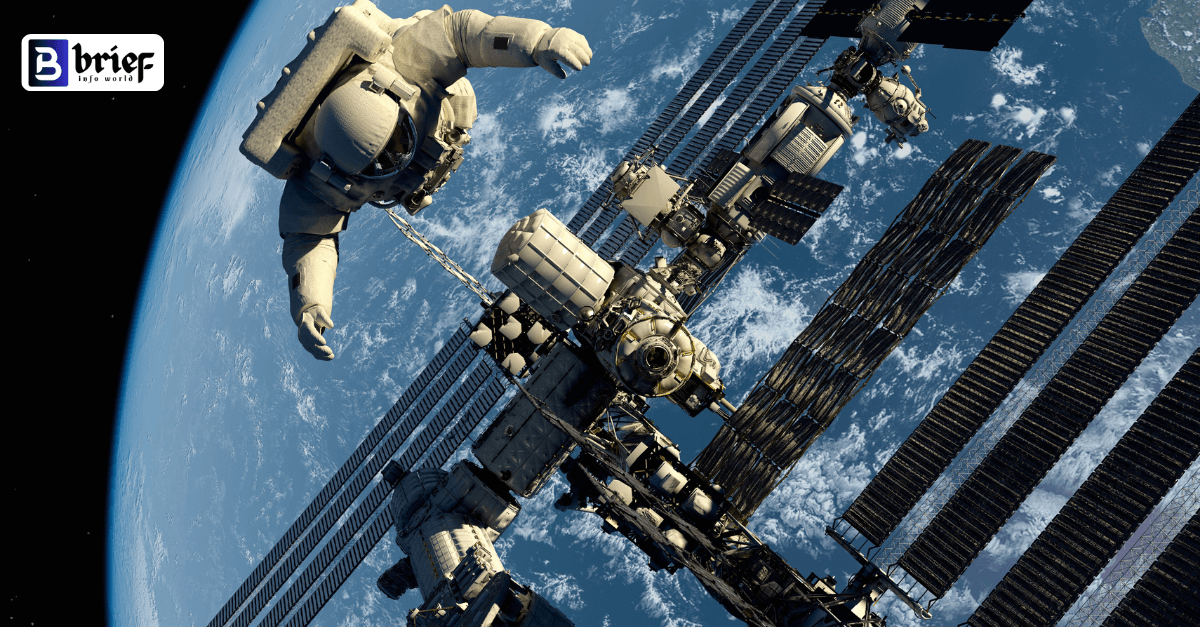






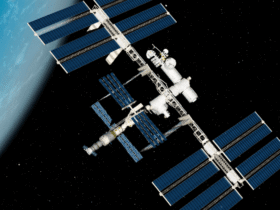
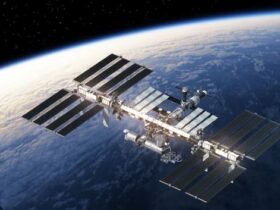

Leave a Reply